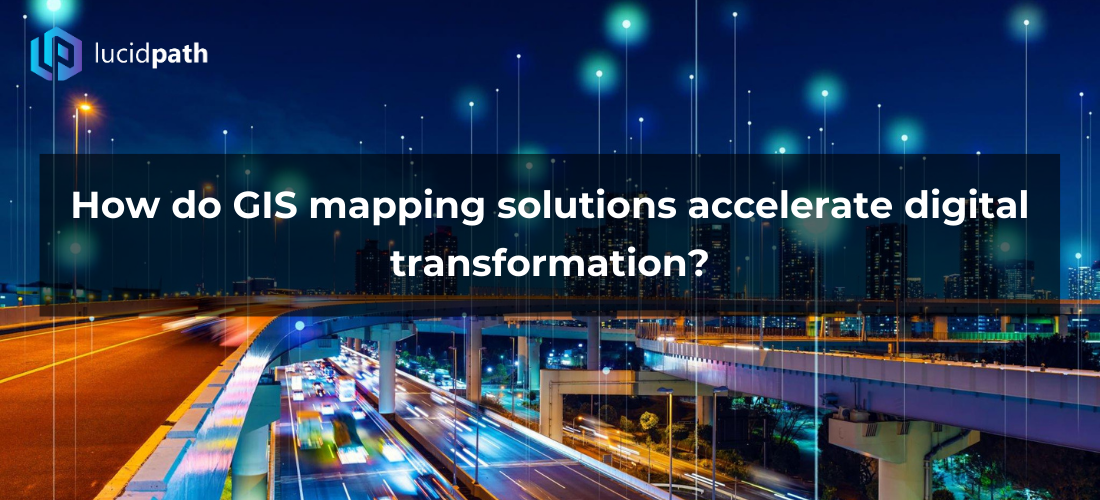How do GIS mapping solutions accelerate digital transformation?
Numerous sectors employ GIS mapping solutions and location-based technologies to enable better solutions for their respective prospects. Businesses recognize that adopting digital transformation is essential for outcompeting rivals. Numerous recent improvements in geospatial technologies are excellent and are utilized by various industries, including logistics and healthcare.
The evolution of geospatial technologies
Geographic information technology (GIS) Scientific progress in GIS is an indication of its efficacy. A geographic information system is concerned with the storage and manipulation of spatial data. In the absence of geographic information, data cannot be considered spatial. A GIS mapping can display information in a variety of formats, including images, color distinctions, vector representations, and forms. Adopting advanced GIS mapping solutions makes it possible to achieve digital transformation, which is the current imperative. Using GIS-based solutions, you can obtain the following advantages:
- Increasing database resource functionality
- The predictability of trends and data improves.
- Decision-making will be a lot simpler. Cost-effective data separation and analysis instrument
Remote sensing system
Using satellite-like Earth observation satellites, GIS mapping solutions enable businesses to watch the planet from orbit. Using the collected photographs, businesses of all types may immediately access information and respond to disasters. The geographic information system also enables enterprises to utilize remote sensing technologies, enabling them to efficiently scan locations. For instance, LIDAR is a global positioning technology that generates precise maps of coastlines.
GIS represents the visual information system
GIS is solely concerned with spatial information. The graphic information system of a certain landscape captures and processes all of the landscape’s locations. Location type information can be updated as follows:
- Latitude
- Longitude
- Zip code
- Address code
A GIS visual information system is able to process numerous types of data, including:
- Landscape – Any type of landform, such as vegetation and watercourses
- People — You can divide people based on their degree, money, location, etc.
- Landmark – All significant landmarks, including farms, educational institutions, schools, and the like
Using the graphical representation method of the GIS, GIS specialists may effectively analyze geographical intelligence and draw conclusions. Open-source and custom GIS mapping tools enable enterprises to accelerate their digital transformation. Expanding the use and scope of geospatial analytics can be of tremendous assistance in both problem-solving and decision-making.
All of the developments in GIS mapping technologies have a positive impact on organizations in the following ways:
- It converts enterprise intelligence to location-based intelligence
- It allows enterprises to set time and space, thereby fostering a comprehensive picture of the future.
It is apparent that by combining geographic solutions, digital transformation may be enhanced.
About Ourselves
Lucidpath is the leading provider of GIS mapping solutions in India, including location-based technology and geospatial applications. Our team is proficient in every facet of geospatial technologies. As the most dependable provider of GIS mapping solutions in India, we are committed to delivering GIS-enabled solutions for digitizing company operations.









